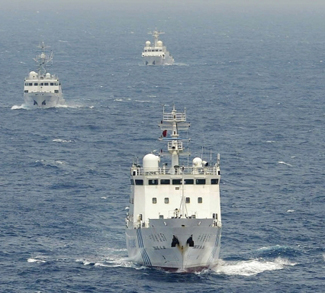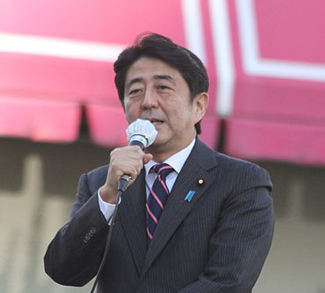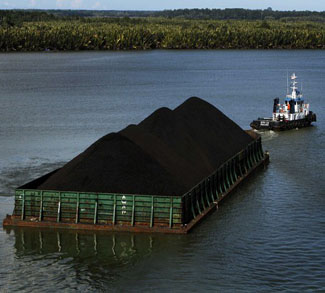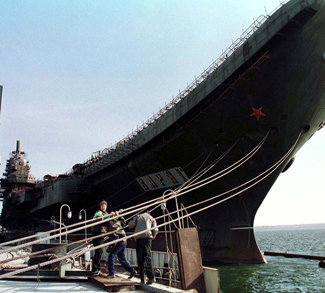Political
An Opaque North Korean Power Struggle
Though the internal workings of North Korea, and by extension their impact on the hermit state’s external behavior, are a perennial staple for any forecast, they loom even larger than usual as 2013 draws to a close. Jang Sung-taek, Kim Jong-un’s uncle and a powerbroker behind the scenes, was dramatically stripped of his official position and executed in early December. The motivations behind this decision remain predictably hazy, with some claiming that the purge came in response to Jang’s attempts to monopolize the country’s coal export business. Either way, the string of executions surrounding Jang and his inner circle has opened a power vacuum where once there was a staunch supporter of Kim Jong-un. In the aftermath of these events, it wouldn’t be surprising to see the young leader default to the time-tested strategy of military brinkmanship as: A) a way to shore up support within the armed forces, or B) a reflection of the fact that military hardliners are now in the ascendance in North Korean politics. According to one unnamed senior South Korean government official, the odds of a North Korean military attack are “100%” and it will happen sometime before April.
A Nationalist in Tokyo?
The world was prepared for a more assertive and nationalist Japan when Shinzo Abe was elected by a comfortable margin in 2012, but perhaps not this assertive. The Japanese prime minister closed out 2013 with arguably the most incendiary gesture possible short of military action: a visit to the ever-controversial Yasukuni Shrine. It was the first such visit by a sitting prime minister in seven years. Though the Abe visit will serve to justify and perpetuate anti-Japan attitudes in China, it is still somewhat of a non-event given that bilateral relations between the two countries are already at a nadir. Much more noteworthy, however, is how the Yasukuni visit will impact relations between Japan and South Korea – another country for which such visits are extremely provocative. Abe’s visit will frustrate US efforts to get Japan and South Korea to “play nice” within the context of the wider US alliance system and Washington’s stated pivot towards the Asia Pacific region. 2013 was not a particularly positive year for Japan-South Korean relations (with high-profile spats over intelligence sharing and the Dokdo islands), and it looks like 2014 is set to continue this trend.
Economics
China’s Reforms in Focus
China’s Third Plenum in early November unveiled a series of reforms that split expert opinion. To some, they represented a bold move towards a more market-oriented economy where SOEs and state intervention fade into the background. To others they were a vague set of goals that, ambitious or not, would likely be watered down by a bureaucracy resistant to their proper implementation. These questions aside, there is a general consensus that the Xi Jinping administration is committed to moving China along a conventional path of economic development; that is, away from low-cost, mass employment manufacturing and towards a more service and consumption-driven model. This would imply that the administration is committed to broad economic reform, if not political, and the burning question is how to make it happen without causing upheaval within the Party (from those who stand to lose) and wider societal unrest. Bearing this in mind, 2014 will be an important test for the reforms introduced at the Third Plenum, particularly those facing the greatest resistance from entrenched interests within the state bureaucracy (SOE reform, land rights reform, and market/financial reforms aimed at allowing private corporations to compete with public ones). But while there may be some pushback and painful market adjustments in the meantime, China will be pushing forward with its long-running transition towards a market economy through 2014 and beyond. We will also likely see several new measures meant to promote the renminbi as an eventual international reserve currency as well.
The Winding Road of Abenomics
Japan’s Nikkei index grew 50% in 2013 thanks to a devalued yen and a committed burst of quantitative easing from Japan’s central bank. As we stand at the juncture of 2013 and 2014, it’s hard to argue that Prime Minister Shinzo Abe’s “Abenomics” has not met with some immediate successes. But any celebration over the positive indicators of the present (including an elusive upward swing in inflation) should be tempered by the fact that Abenomics naysayers have generally focused their criticism not on the market euphoria of the moment, but the question of what will follow it. As it stands right now, the windfall of Abenomics’ additional tax revenue is paradoxically being used to fund more Abenomics (bond purchases), which means Japan’s national debt remains the highest in the industrialized world. Even taking into account the two-tiered sales tax increase that is meant to rein in public finances, projections of Japan’s future GDP-to-debt ratio can be downright harrowing (it will reach 240% this year, with some projecting 500% by 2050). And of course, this growing debt burden will be shouldered by a Japanese population that is both graying and shrinking. There is another interesting question surrounding Abenomics in 2014 – that of how other countries perceive the fairness of a policy which devalues the yen and makes Japanese exports more competitive overseas. Recall that there were a few dissenters to the policy within the G20 in early 2013, and their complaints were swept aside by tacit US support for the program and the argument that Japan was facing some sort of watershed moment where to do nothing would be more damaging to the global economy. As time goes on and Abenomics becomes more entrenched, this argument of the exceptional nature of Japanese quantitative easing will increasingly ring hollow, meaning there is a possibility for friction between Japan and its trading partners in 2014.
Military
The Senkaku/Diaoyu Island Dispute
Military posturing between China and Japan continues to intensify, and given the presence of a potential flashpoint in the Senkaku/Diaoyu Islands, the possibility of military clashes and even war in 2014 should not be discounted. The Japanese government has made several moves in 2013 meant to demonstrate its resolve on the island issue. For one, Tokyo has increased defense spending for the first time in 10 years, and some of the procurements singled out in the outlay are very telling, particularly the purchase of amphibious vehicles and the establishment of a marine unit that could storm islands. More recently, Japan has ended a longstanding spat with its US ally by agreeing to relocate the Futenma airbase in Okinawa to a more sparsely populated location. When questioned over why he broke his own election promise and caved on an extremely important issue for the local population, Okinawa governor Hirozaku Nakaima replied, “Regardless of the will of the Okinawa people, tension is heightening on the international front. Okinawa needs to play a certain role for that.” Or to put it another way, recent Sino-Japanese animosity is so pronounced that the base relocation plan got pushed through after decades of local resistance and stalled negotiations. China will not back down on the island issue, as it has been absorbed into the core ethos of the Party to such a degree that wavering would risk popular upheaval. As such, Beijing has been moving to shore up its own position within the dispute by declaring an air defense identification zone over the islands and launching patrols that frequently skirt Japanese airspace. If history is any guide, obstinate governments deploying militaries in close proximity run a real risk of coming into conflict. And once this conflict occurs, a chain of events can be triggered that is beyond the control of rational minds. For these reasons, the Senkaku/Diaoyu dispute looms large as a serious potential flashpoint in 2014.




